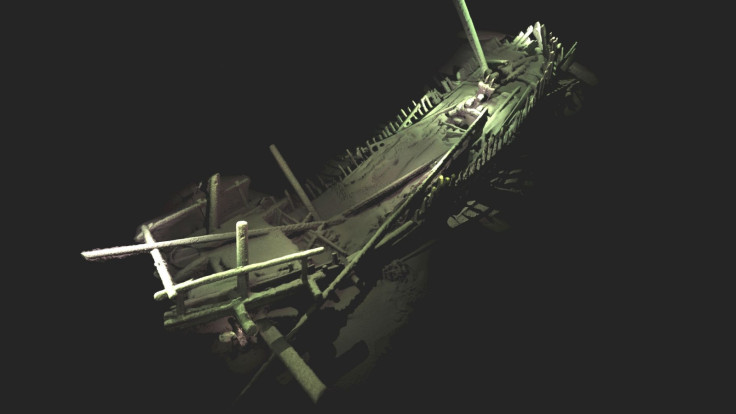Over 40 mysterious shipwrecks have been discovered in the depths of the Black Sea
An international expedition has identified the remains of ancient ships – some of which had never been seen before.
The first maritime archaeology expedition mapping ancient submerged landscapes to take place in the Black Sea has led to the discovery of more than 40 shipwrecks associated with the Ottoman and Byzantine Empires. Vivid descriptions of these ships can be found in historical records, but some of them had never been seen before.
The Black Sea Maritime Archaeology Project is run by an international team and involves the University of Southampton's Centre for Maritime Archaeology. Funded by the Expedition and Education Foundation (EEF) – a charitable organisation for maritime research – its aim is to survey the Black Sea near Bulgaria to understand how water rose there and covered ancient lands at the end of the last Ice Age.

"We're endeavouring to answer some hotly-debated questions about when the water level rose, how rapidly it did so and what effects it had on human populations living along this stretch of the Bulgarian coast of the Black Sea," explains principle investigator Professor Jon Adams.
"As such, the primary focus of this project is to carry out geophysical surveys to detect former land surfaces buried below the current sea bed, take core samples and characterise and date them, and create a palaeo-environmental reconstruction of Black Sea prehistory."
On board an offshore vessel called the Stril Explorer, the team is equipped with some of the most advanced technologies in the world for underwater archaeology. They are surveying the sea bed using two sophisticated Remotely Operated Vehicles (ROVs) – one of which has set new records for both depth (1,800m) and sustained speed (over 6 knots). And what they have found has exceeded their expectations.

During the surveys, the scientists have come across a rare and remarkable 'collection' of more than 40 shipwreck at depths below 150 metres – including remains of ships known from historical sources, but never seen before.
Analysing their structure and shape, they have linked some of these mysterious ships to the Ottoman and Byzantine Empires. More research will now be conducted to understand exactly when these wrecks occurred and which period they date back to. This discovery also shines a light on the connections that existed between the communities around the Black Sea many years ago.

"The wrecks are a complete bonus, but a fascinating discovery, found during the course of our extensive geophysical surveys. They are astonishingly preserved due to the anoxic conditions – absence of oxygen – of the Black Sea below 150 metres. Using the latest 3D recording technique for underwater structures, we've been able to capture some astonishing images without disturbing the sea bed. We are now among the very best exponents of this practice methodology and certainly no-one has achieved models of this completeness on shipwrecks at these depths", concludes Adams.
© Copyright IBTimes 2025. All rights reserved.






















